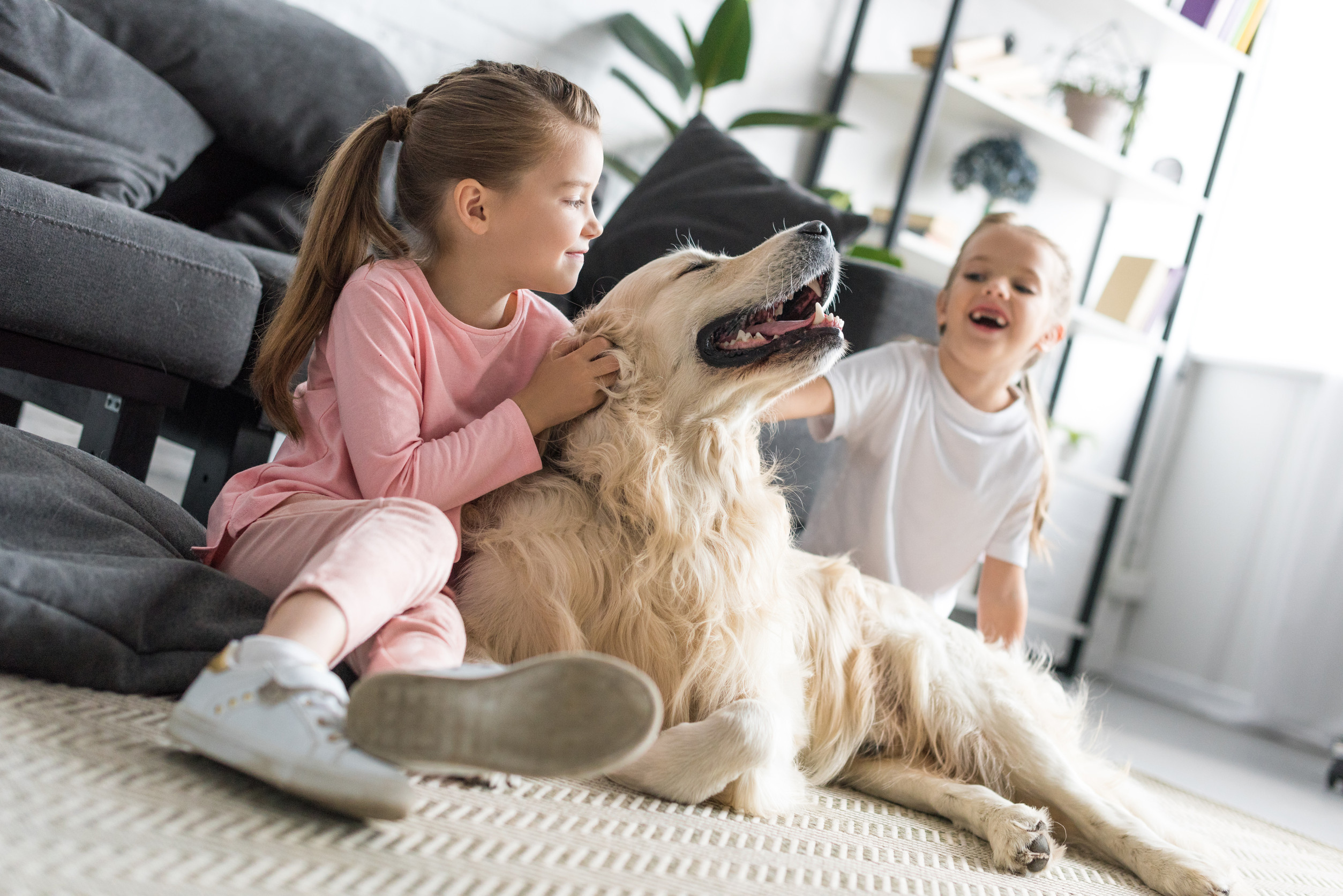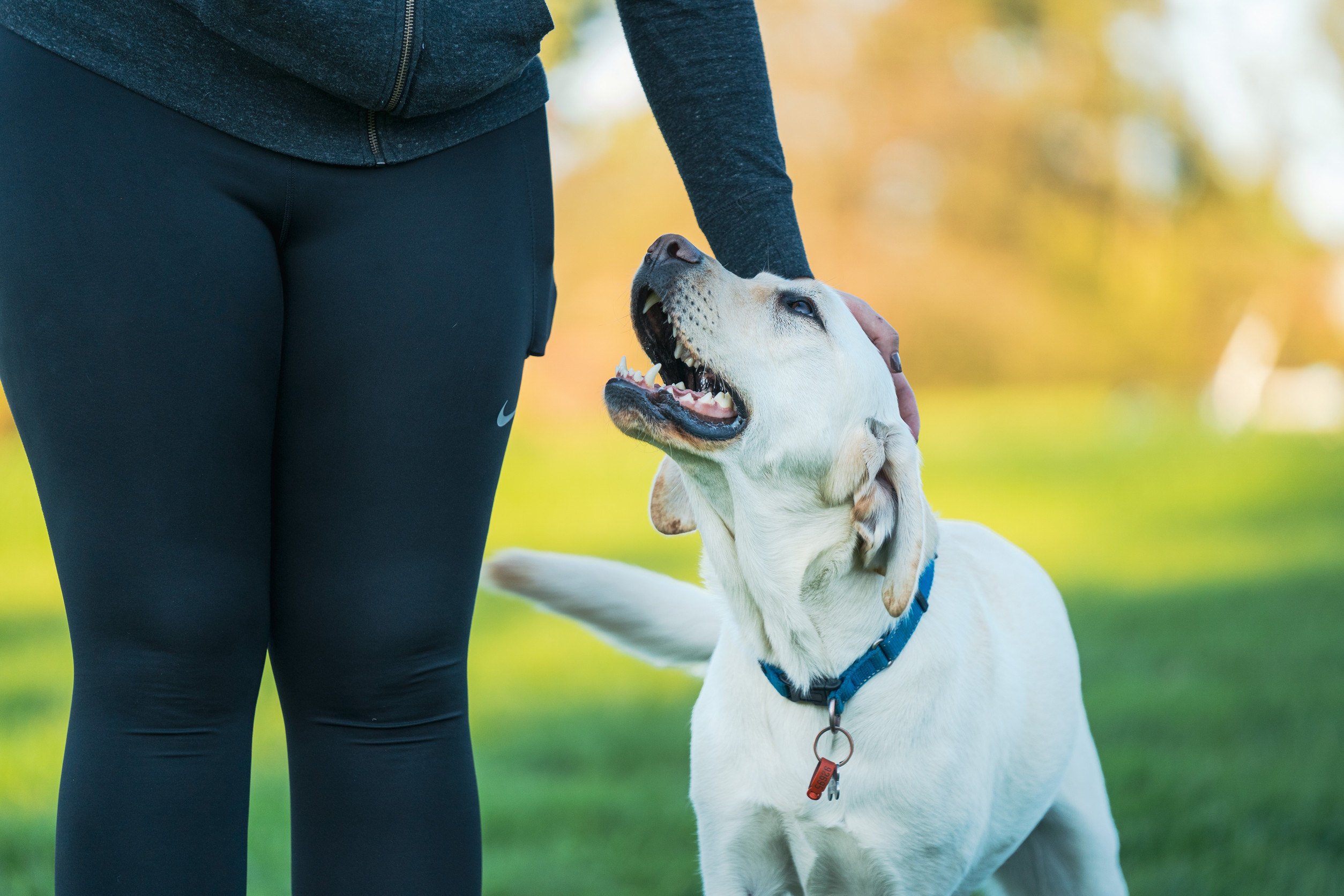
Navigating the world with ADHD often means managing boundless energy, focus challenges, and big emotions – a daily reality for many children. As a parent, you seek effective ways to support their growth and well-being. What if a furry, four-legged companion could become a remarkable ally on this journey?
Beyond offering unconditional love and steadfast companionship, the right dog can help instill crucial routines, improve focus, ease anxiety, and even boost self-esteem in children with ADHD. This guide explores the powerful connection between dogs and kids with ADHD, offering insights into how they help, tips for choosing a suitable canine partner, and essential training strategies to foster a bond that helps your child truly thrive.
Understanding the Canine Connection to ADHD
Dogs offer unconditional love, a calming presence for many. This bond is special for children with ADHD. Their non-judgmental nature helps build confidence. Dogs require routines, which benefits kids needing structure. Caring for a pet teaches responsibility and empathy too.
Choosing the Right Canine Companion
Not every dog suits a home with ADHD challenges. Look for breeds known for calm temperaments. Trainability is key for successful integration. Consider the dog’s energy level versus your family’s lifestyle. A patient, gentle dog often works best overall. Always meet the dog before committing to adoption.
Establishing Predictable Routines
Consistency helps children with ADHD manage their world better. A dog thrives on routine for feeding and walks. Involve your child in these daily dog-care tasks. This reinforces structure naturally throughout their day. Predictability reduces anxiety for both child and pet.
Essential Basic Obedience Training

Start with fundamental commands like sit, stay, and come. Positive reinforcement methods work exceptionally well here. Keep training sessions short, frequent, and very engaging. Consistency from all family members is crucial for success. Basic obedience ensures a well-behaved dog always. This is vital for ADHD dog training.
Teaching Calmness and Impulse Control
Many dogs mirror the energy levels around them. Teach your dog a “settle” or “place” command. Reward calm behavior consistently throughout the day. Model gentle interactions for your child always. This helps manage potential overstimulation for everyone involved. Training calmness benefits the entire household dynamic greatly. Effective ADHD dog training includes impulse control.
Involving Your Child in the Training Process
Make training a fun, shared activity for everyone. Assign age-appropriate tasks to your child always. Teach them how to give commands clearly. Let them reward the dog for good behavior. This builds their bond and reinforces learned skills. ADHD dog training becomes a family effort.
Leveraging Sensory Benefits from Dogs
The physical act of petting a dog can be soothing. Some dogs provide deep pressure by resting on a lap. This tactile input helps regulate sensory needs often. A dog can be a calming focus point. Their presence can reduce feelings of being overwhelmed.
Using the Dog to Practice Social Skills
Walking the dog provides opportunities for social interaction. Caring for a pet teaches non-verbal communication cues. Children learn empathy by tending to the dog’s needs. Discussing the dog encourages conversation skills practice. A dog acts as a natural social bridge. Good ADHD dog training supports this.
Managing Energy Levels Together Effectively
Playtime is essential for both dog and child. Structured games help burn excess energy productively. Fetch or walks channel energy in positive ways. Ensure playtime is supervised to prevent overexcitement always. Matching energy outlets benefits child and dog alike.
Recognizing When Professional Help is Needed
Sometimes, specific challenges require expert guidance always. Look for trainers experienced with family dogs. Some specialize in therapy or assistance roles. Don’t hesitate to seek professional ADHD dog training support. An expert can tailor strategies to your unique needs.
A Furry Partner in Growth and Development
A well-trained dog offers unique support for kids with ADHD. They provide companionship, structure, and unconditional love always. Training requires patience, consistency, and positive reinforcement. The effort fosters responsibility and emotional regulation benefits. This special bond can truly enhance your child’s life.
Have you seen a dog positively impact a child with ADHD? Share your experiences in the comments below!
Read More:
Ready to Defend You: 8 Dogs That Could Someday Save Your Life
How Dogs Help With Emotional Regulation in Children

Latrice is a dedicated professional with a rich background in social work, complemented by an Associate Degree in the field. Her journey has been uniquely shaped by the rewarding experience of being a stay-at-home mom to her two children, aged 13 and 5. This role has not only been a testament to her commitment to family but has also provided her with invaluable life lessons and insights.
As a mother, Latrice has embraced the opportunity to educate her children on essential life skills, with a special focus on financial literacy, the nuances of life, and the importance of inner peace.
